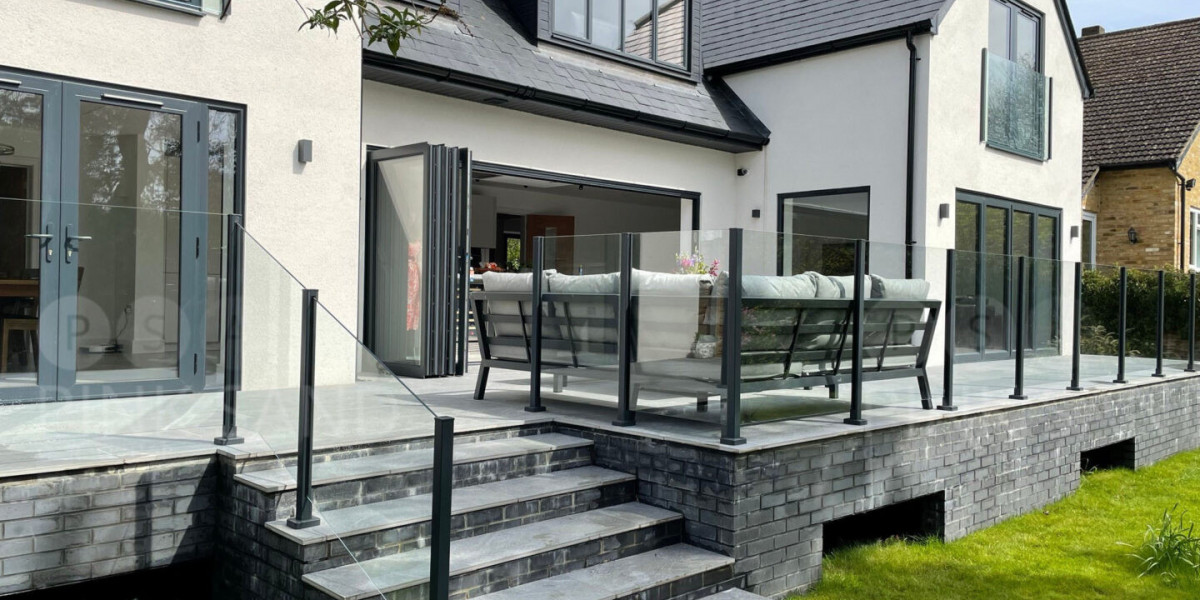In recent years, the window replacement industry has seen significant advancements that not only enhance the aesthetic appeal of homes but also improve energy efficiency, durability, and sustainability. As homeowners increasingly seek ways to reduce energy costs and minimize their environmental footprint, modern window replacement solutions have evolved to meet these demands. This article explores the latest innovations in window replacement technology, focusing on energy efficiency, smart features, and sustainable materials.
Energy Efficiency: A Top Priority
One of the most notable advances in window replacement technology is the focus on energy efficiency. Traditional single-pane windows have long been known for their poor insulation properties, leading to increased energy consumption for heating and cooling. However, the introduction of double and triple-pane windows has revolutionized the market. These windows feature multiple layers of glass separated by gas-filled spaces, such as argon or krypton, which significantly reduce heat transfer.

Moreover, advancements in Low-E (low emissivity) glass coatings have further enhanced energy efficiency. Low-E coatings reflect infrared light, keeping heat inside during the winter and outside during the summer. This technology not only improves comfort but also reduces reliance on heating and cooling systems, ultimately lowering energy bills. Homeowners can now choose windows with specific U-values and Solar Heat Gain Coefficients (SHGC) tailored to their climate, ensuring optimal performance year-round.
Smart Windows: The Future is Here
The integration of smart technology into window systems represents another groundbreaking advancement in window replacement. Smart windows can adjust their tint based on sunlight intensity, allowing homeowners to control the amount of heat and light entering their homes. This dynamic shading capability not only enhances comfort but also contributes to energy savings by reducing the need for artificial lighting and air conditioning.
For instance, electrochromic glass can change its tint in response to electrical signals, providing instant privacy and glare reduction. Similarly, photochromic windows react to UV light, darkening when exposed to sunlight and returning to clear when the sun sets. These smart windows can be controlled through smartphone apps or integrated into home automation systems, offering convenience and customization.
Moreover, some companies have developed windows that can generate electricity through solar technology. These windows, often referred to as building-integrated photovoltaics (BIPV), can harness solar energy while functioning as conventional windows. This dual functionality not only reduces energy costs but also contributes to a home's overall energy independence.
Sustainable Materials: A Greener Choice
As environmental concerns continue to grow, the window replacement industry is shifting towards more sustainable materials. Traditionally, window frames were made from wood, vinyl, or aluminum, each with its own environmental impact. However, new materials such as fiberglass and composite frames are gaining popularity due to their durability and lower ecological footprint.
Fiberglass frames are particularly noteworthy; they are made from recycled materials and can withstand extreme weather conditions without warping or rotting. Additionally, they offer excellent insulation properties, further enhancing a window's energy efficiency. Composite frames, which combine wood fibers and plastic, provide the aesthetic appeal of wood with the low maintenance of vinyl, making them an attractive option for homeowners.
Furthermore, manufacturers are increasingly focusing on using eco-friendly adhesives and sealants in the production of windows. These materials reduce harmful emissions during installation and contribute to a healthier indoor environment. Homeowners can now choose window replacement options that align with their sustainability goals without compromising on performance or aesthetics.
Enhanced Durability and Security
Advancements in window replacement technology have also led to improved durability and security features. Impact-resistant glass, often used in hurricane-prone areas, can withstand high winds and flying debris, providing peace of mind for homeowners. These windows are constructed with multiple layers of glass and a strong interlayer, making them much more resilient than traditional windows.
Moreover, https://artrusse.uk/the-russian-art-enthusiast-glazing-st-albans-with-culture/ manufacturers are incorporating advanced locking mechanisms and reinforced frames to enhance security. These features deter break-ins and provide homeowners with added confidence in their window systems. With the rise of smart home technology, some window systems now offer integration with security systems, allowing homeowners to monitor and control their windows remotely.
Aesthetic Customization: Tailored to Individual Tastes
While energy efficiency and durability are critical factors in window replacement, aesthetics remain an important consideration for homeowners. Modern window replacement solutions offer a wide range of styles, colors, and finishes, allowing homeowners to customize their windows to match their architectural preferences.
From traditional double-hung windows to sleek casement styles, the options are virtually limitless. Additionally, advancements in manufacturing processes have made it possible to create custom shapes and sizes, ensuring that every window fits perfectly within its designated space. Homeowners can also choose from various grid patterns and decorative glass options to enhance their windows' visual appeal.
The Installation Process: Streamlined and Efficient
The window replacement process has also evolved, with advancements in installation techniques that minimize disruption and maximize efficiency. Many companies now offer pre-manufactured window units that can be installed quickly, reducing labor costs and installation time. Additionally, the use of advanced measuring tools ensures precise fitting, further enhancing the overall performance of the windows.
Furthermore, some manufacturers are implementing virtual reality (VR) technology to assist homeowners in visualizing their window choices before installation. This innovative approach allows clients to "see" how different styles and colors will look in their homes, facilitating more informed decision-making.
Conclusion: A Bright Future for Window Replacement
The advancements in window replacement technology are transforming the industry, offering homeowners innovative solutions that prioritize energy efficiency, sustainability, and aesthetics. As the demand for eco-friendly and smart home features continues to grow, the window replacement market is poised for further evolution. Homeowners can now enjoy the benefits of cutting-edge window technology, enhancing their living spaces while contributing to a more sustainable future. With these advancements, the future of window replacement looks brighter than ever.





